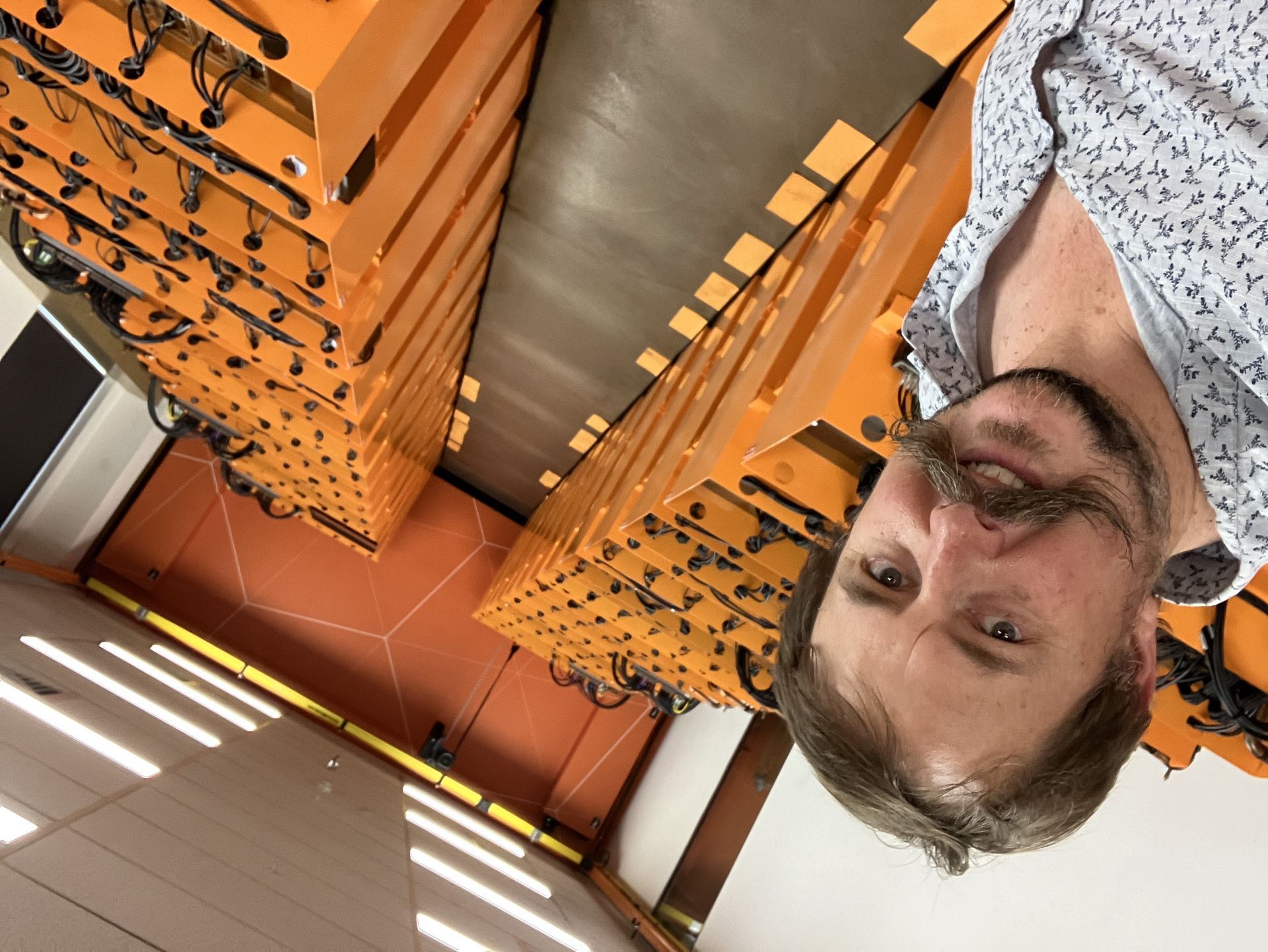 “Physics is a creative and innovative discipline at the forefront of technology – nearly every technological device we have today started as an idea in a physicist's mind. As I’ve moved through my career, I've noted that physicists are often called upon to solve the hard and complex problems,” says AIP Vice President Dr Stuart Midgley.
“Physics is a creative and innovative discipline at the forefront of technology – nearly every technological device we have today started as an idea in a physicist's mind. As I’ve moved through my career, I've noted that physicists are often called upon to solve the hard and complex problems,” says AIP Vice President Dr Stuart Midgley.
“Their strong analytical skills and robust training allow them to see patterns and identify traits which are unobserved by others. Their creative minds allow them to find solutions to problems and then test and prove the effectiveness. Their desire to ‘know’ means they don’t give up until they work it out,” says Stuart.
This year the AIP Executive welcomed Stuart as Vice President, supporting President Nicole Bell.
Stuart has a PhD in computational theoretical physics from the University of Western Australia (Quantum Waveguide Theory) and has worked in academia, national computing facilities and industry.
With over 25 years’ experience in the high-performance computing sector, Stuart has been using, programming, administering, designing, building, and now ‘evangelising’ some of the largest HPC systems in the world.
He is currently Program Leader for High Performance Computing at Defence Science Technology Group.
“I see the next couple of decades as an exciting time to be a physicist!
Stuart says several significant announcements from the Australian Government have recently highlighted the need for strong physicist pipelines from all of our institutions, such as:
- Defence strategic review
- AUKUS, including nuclear submarines, Quantum, AI, hypersonics etc.
- Quantum Strategy.
“While these announcements will lead to direct employment of physicists, the largest opportunity is in the private sector. All of these announcements have industry engagement at their heart. Solving real-world problems for immediate concerns will drive a huge uptake of physicists in industry,' he says.
“To support these announcements, the ambitions of physicists and our community, the AIP is on a course to aid and assist the transition of our members and peers from the academic environment into industry.
“As we see in the #PhysicsGotMeHere profiles, there are endless versions of what a career in physics might look like. Upcoming pieces on the careers of our life-members will show the breadth and enthusiasm the physics community even into retirement.
“We are working on a nationwide jobs fair activity to connect industry with physicists. We will continue to showcase members and their activities, highlighting where a creative mind and strong problem-solving skills can take you.
“For me, success is when ASX listed companies have a position with title “Chief Physicist” – that person to whom you take all the ‘unsolvable’ problems.”
You can contact Stuart at vicepresident@aip.org.au or
Twitter: https://twitter.com/hpcaddict @HPCAddict
 Cognates
Cognates Site Navigation
Site Navigation
